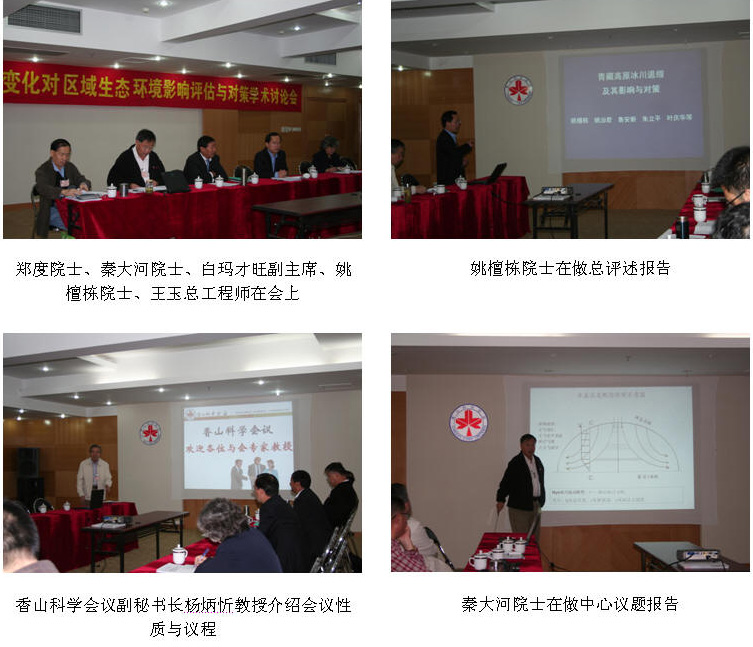| News |
| Latest news | |
| Int’l Cooperation activities | |
| Events & Announcement | |
| Recent Activities |
| Location: Home>News>Latest news |
| The latest Fragrant Hill Conference hedl in Nyingchi, Tibet |
The latest Fragrant Hill Conference kicked off in Nyingchi, Tibet, on Sep. 25 to 27, 2008, hosted by the ITP, witnessing the participation of over 30 national experts on ecology, glaciology or climatology. Several members of the CAS as professors Sun Honglie, Zheng Du, Qin Dahe, Duo Ji and Yao Tandong acted as the executive chairmen of the conference. On acknowledging the theme of the conference as addressing ecological and environmental problems due to glacial retreat and permafrost deterioration on the Tibetan Plateau, Mr. Bai Ma Cai Wang, vice chairman of the Tibet Autonomous Region (TAR), attended the conference specially to introduce some environmental protection measures the TAR has done in the milieu of glacial and environmental changes to maintain economic development. The conference witnessed four theme reports, including ‘Cryospheric changes on the Tibetan Plateau and its influence on regional ecology and environment’ by Prof. Yao Tandong, ‘Recent climate change on the Tibetan Plateau and its influence on glaciers and permafrost’ by Prof. Qin Dahe, ‘Influence of climate warming and glacier/permafrost variation on environment and human adaptations’ by Prof. Wang Ninglian, and ‘ Transportation safety and construction on the Plateau under glacial retreat and permafrost deterioration’ by Prof. Wang Yuzong. After the reports, participating scientists exchanged views on the influence of glacier/permafrost variation on the Plateau environment in the next 50 years, thus offering a holistic assessment of glacier/permafrost variation on plateau environment and regional economy. In summary, participants on the conference agreed on the following tasks: 1) To reorient exploration, utilization and protection of water resources on the Plateau; 2) To promote and strengthen through urbanization the efficiency of glacial water utilization; 3) To control disasters under the background of glacial melting; 4) To launch hydro power facilities so as to enhance water resources utilization efficiency while minimizing its side-effects on the environment; 5) To popularize tourism and make it a unique industry on the Tibetan plateau; 6) To study glacial melting and precipitation variation and their effects on water supply in the surrounding region; 7) To monitor permafrost deterioration and the effect of anthropogenic activities on grassland degradation and land desertification; and 8) To propose measures to settle engineering difficulties caused by frozen damage in major construction sites.
|

